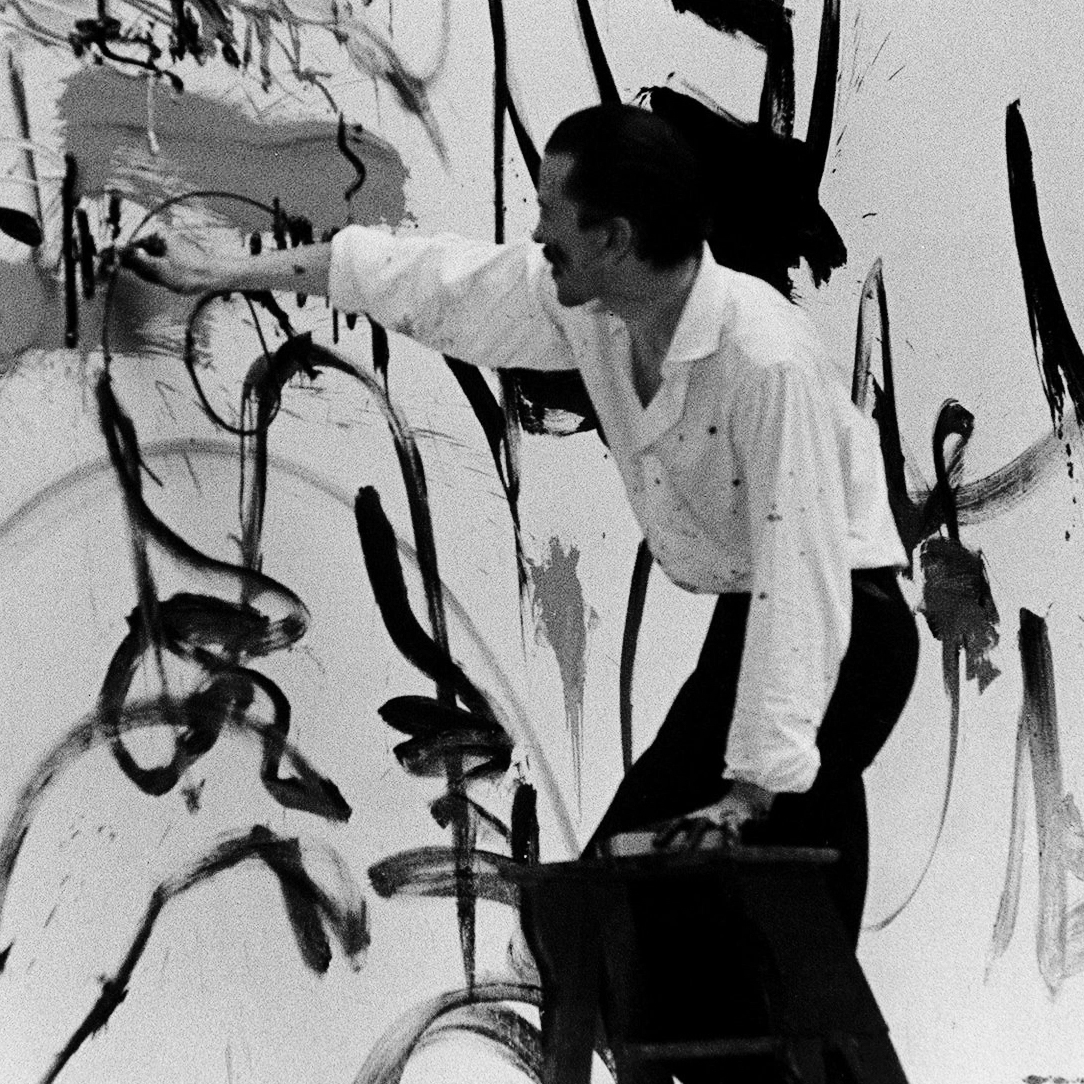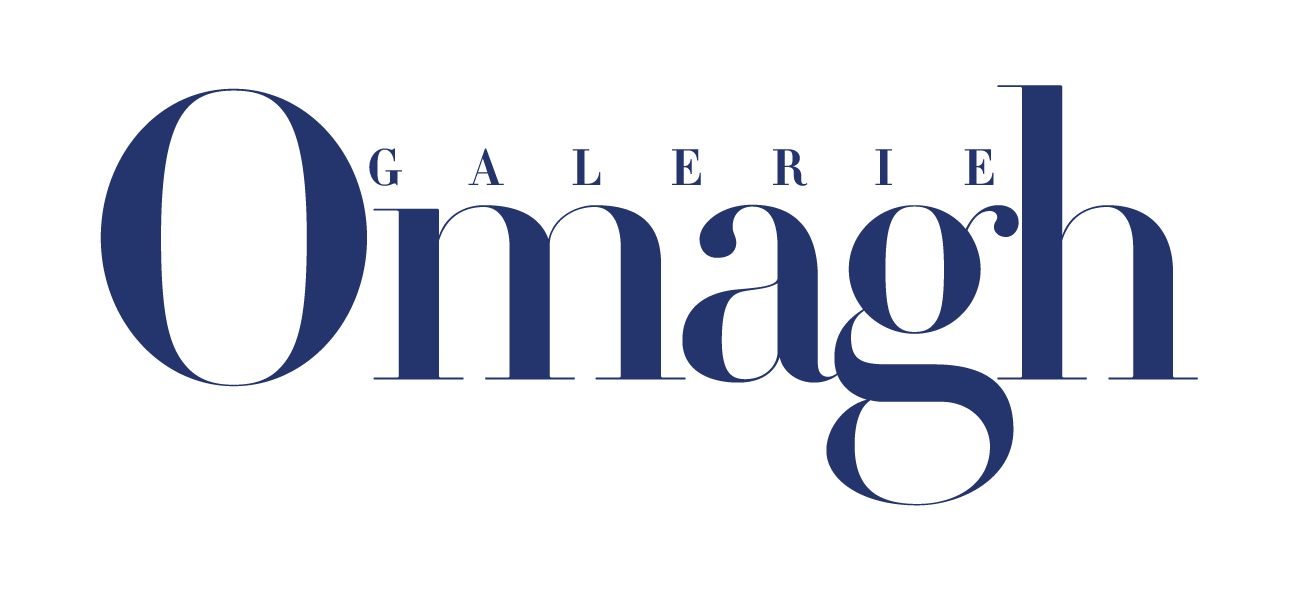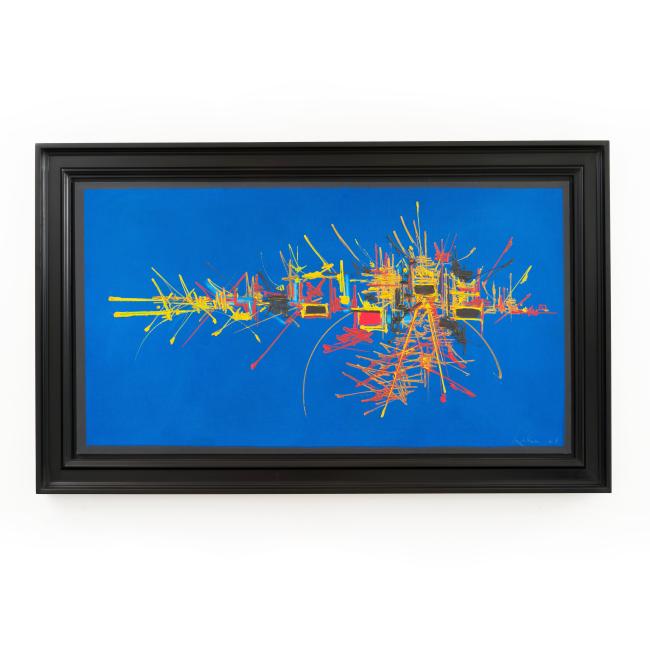Georges Mathieu

Georges Mathieu (1921–2012) is one of the major figures of lyrical abstraction and a pioneer of gestural painting in France. Guided by a desire for radical emancipation from convention, he placed the gesture — immediate, blazing, irrepressible — at the heart of a pictorial language entirely freed from representation.
Born in Boulogne-sur-Mer, Mathieu began painting in 1942. A decisive reading of an essay on Joseph Conrad two years later convinced him to abandon figuration in pursuit of a “pure” style, capable of expressing inner forces rather than imitating reality. From 1947 onward, once settled in Paris, he joined artists such as Wols, Hartung and Atlan in a revolt against academicism and the geometric abstraction that then dominated the art scene.
For Mathieu, painting meant connecting to a field of energies, entering a state in which rational thought gives way to a kind of mediumistic intuition. This spiritual and intuitive dimension, which some have compared to East Asian calligraphy, became especially visible during his triumphant stay in Japan in 1957, though he himself rejected any overly literal assimilation.
A forerunner of pictorial performance, beginning in 1956 he created large-scale compositions in public, often within a limited time frame, turning the act of painting into an event. Works such as La Bataille de Bouvines or L’Abstraction prophétique bear witness to this desire to give form, through the urgency of gesture, to what he called “dramas of light.”
A total artist, Mathieu extended his vocabulary far beyond painting: sculptures, ceramics, furniture, jewelry, and tapestries for the Gobelins Manufactory — all territories that continued his exploration of an expression liberated from the rationalism inherited from the Enlightenment, founded instead on spontaneity and inner tension.
His work is now held in major international institutions, including the Centre Pompidou (Paris), the MoMA (New York), and the MOMAT (Tokyo).


